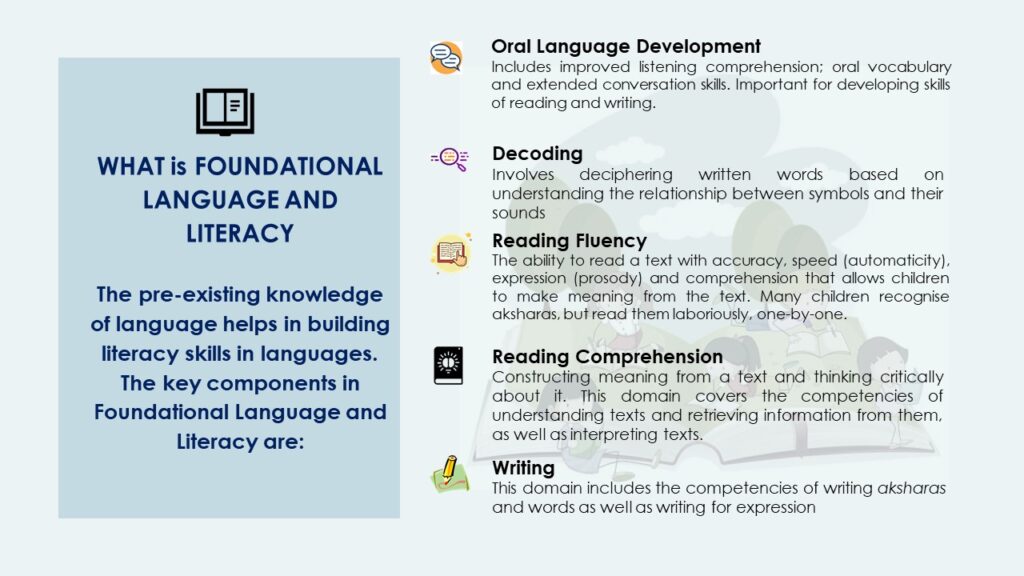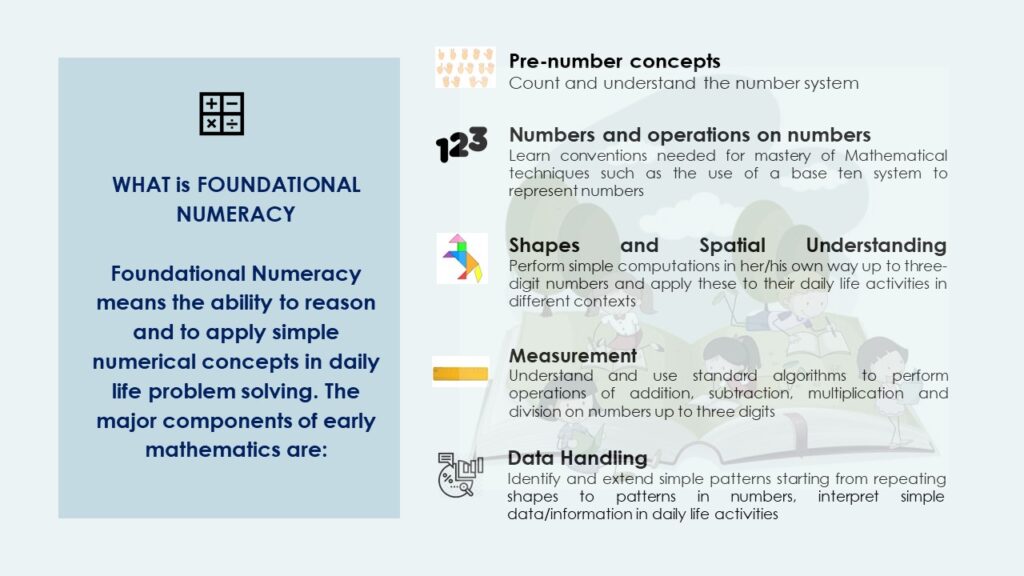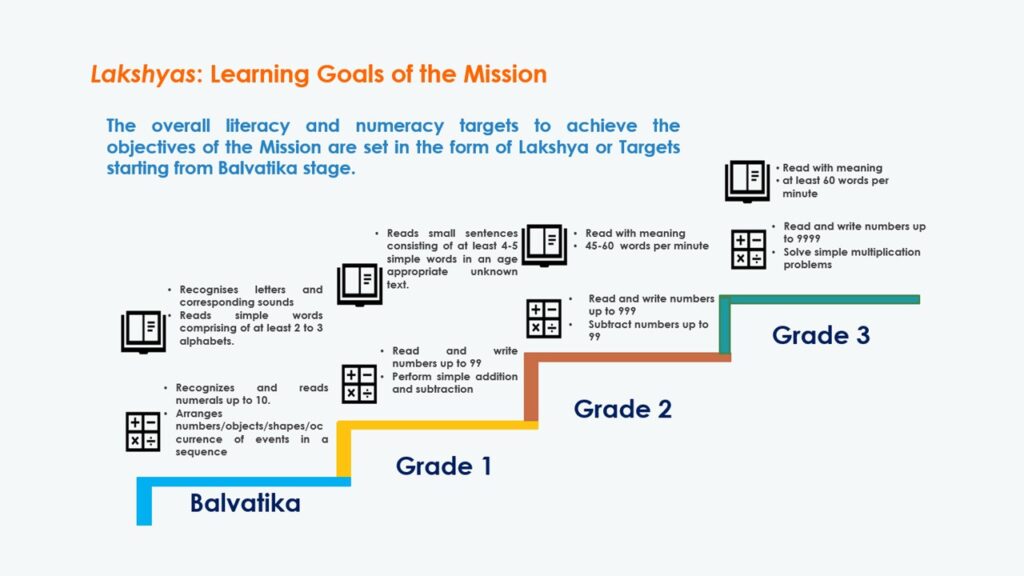





About NIPUN Haryana Mission
The New Education Policy 2020 focuses on foundational learning as the bedrock for all future learning. The Government of India launched the NIPUN Bharat Mission on 5th July 2021, with the aim of attaining foundational literacy and numeracy for all children. Haryana is duly committed to achieve the objectives of the NIPUN Bharat Mission for foundational literacy (Hindi and English) and numeracy. Accordingly, Government of Haryana launched the NIPUN Haryana Mission on 30th July 2021. Under the mission, Haryana is undertaking various academic and governance initiatives to ensure that all students become FLN competent by grade 3.
Haryana has been leading the way in implementation of NEP 2020 imperatives and lays paramount importance on achieving the goals of foundational learning. Ensuring quality education at foundational levels will go a long way in providing equitable access to quality education at higher levels, later on leading to a better standard of life. The state is determined to make certain that under the NIPUN Haryana Mission, each child in Haryana achieves grade-level competencies required under foundational literacy and numeracy and play our part in making the NIPUN Bharat Mission a success.




WHAT is FOUNDATIONAL NUMERACY
Foundational Numeracy means the ability to reason and to apply simple numerical concepts in daily life problem solving. The major components of early mathematics are:





Pre-number concepts
Count and understand the number system
Numbers and operations on numbers
Learn conventions needed for mastery of Mathematical techniques such as the use of a base ten system to represent numbers
Shapes and Spatial Understanding
Perform simple computations in her/his own way up to three-digit numbers and apply these to their daily life activities in different contexts
Measurement
Understand and use standard algorithms to perform operations of addition, subtraction, multiplication and division on numbers up to three digits
Data Handling
Identify and extend simple patterns starting from repeating shapes to patterns in numbers, and interpret simple data/information in daily life activities



